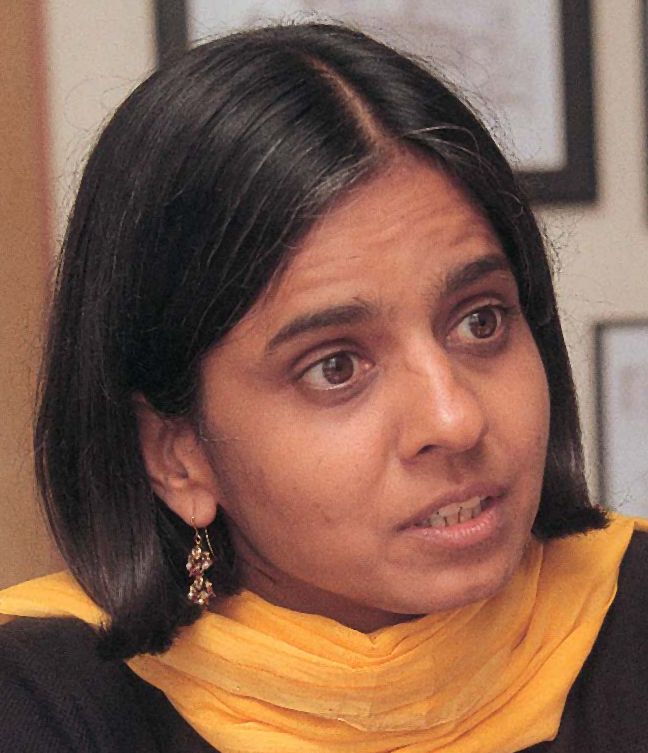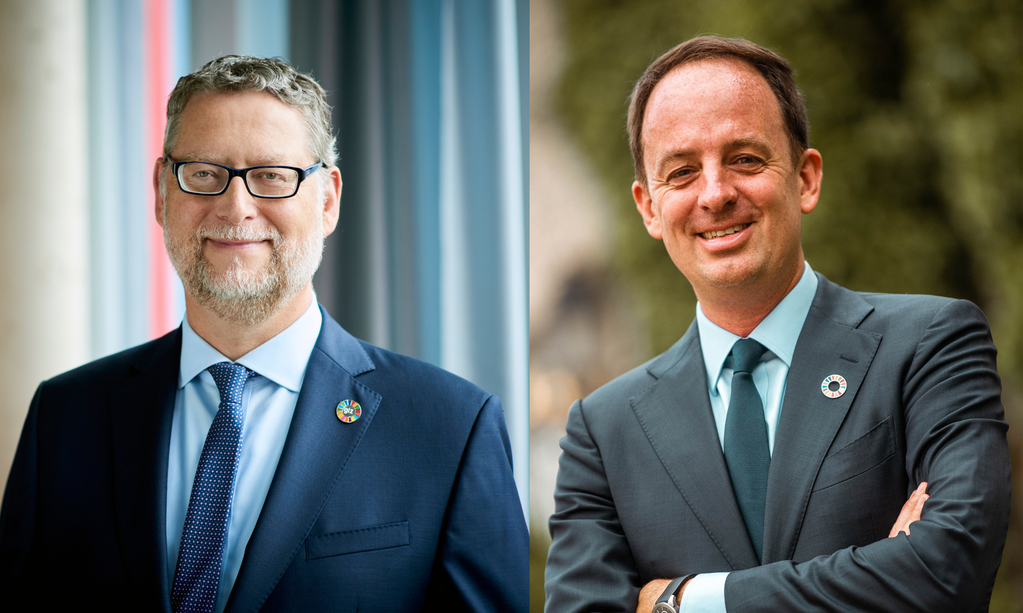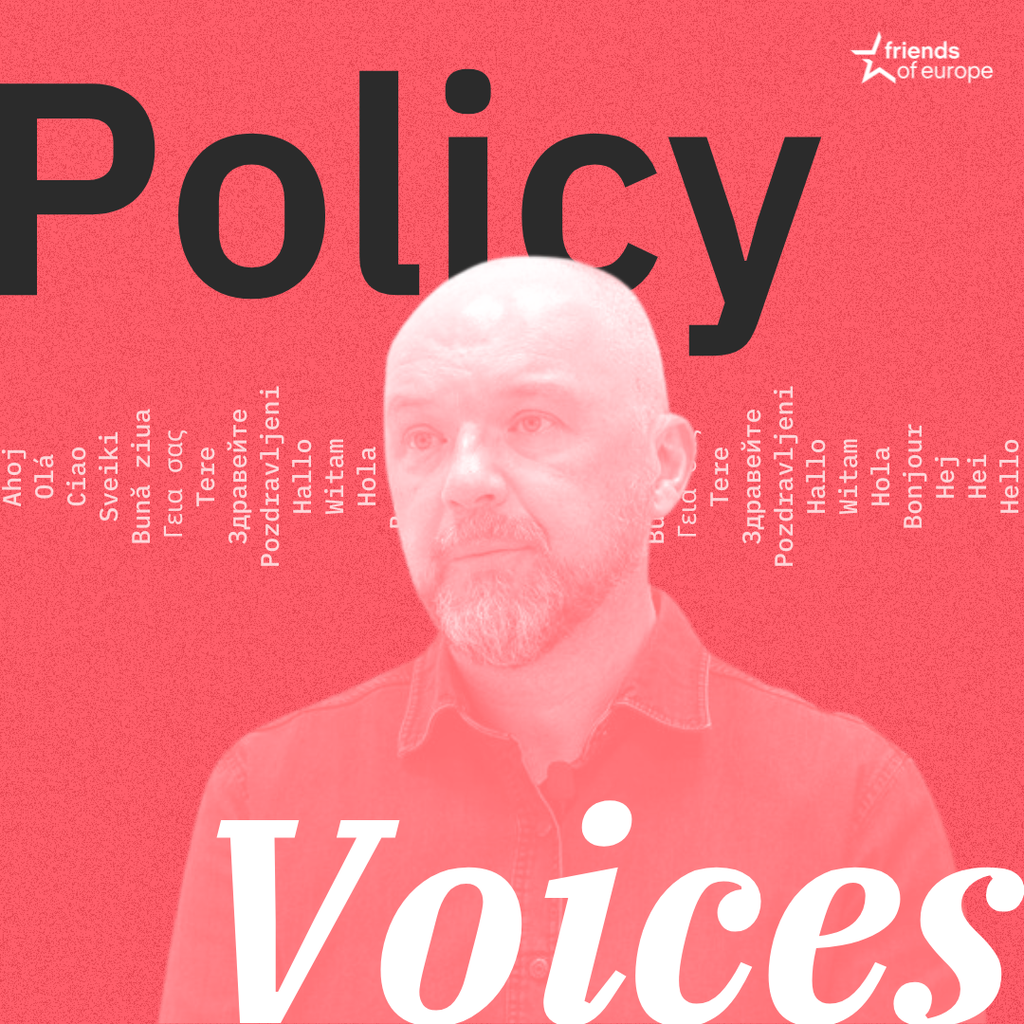Europe-China Forum
Next event In person & livestreamed

- Area of Expertise
- Global Europe
Global Europe

Director General of the Centre for Science and Environment (CSE)
What will India’s position be at the Paris conference? The fact is India is a victim of climate change, with unseasonal rain and weird, erratic weather resulting in huge crop losses. Farmers have been taking their own lives because they cannot face the prospect of penury and debt. It is time we should accept this changing weather as part of the catastrophic future that awaits us all. It means, too, that India must take a proactive position so the world understands that it has become a victim of climate change while the world continues to do too little to reduce greenhouses gases.
This doesn’t mean that India will not be part of the effort to reduce emissions. India should present its Intended Nationally Determined Contribution (INDC) to demonstrate its own seriousness, but it is also clear that this target for emission reduction has to be based on an equitable sharing of the burden.
India must take a proactive position so the world understands that it has become a victim of climate change
The U.S.-China agreement on climate change is highly unfair and not at all ambitious enough. It puts the world at risk, for China and the U.S. have agreed to “equalise” emissions by 2030. In other words, China will be allowed to increase carbon dioxide emissions until then so as to reach the same level as the U.S. In turn, the U.S. will by 2025 reduce its emissions by 26-28% from its 2005 levels – when they peaked.
The Chinese will thus go from roughly 8 tonnes per capita of carbon dioxide now to 12-13 tonnes in 2030. The U.S. comes down from 17 tonnes per capita of carbon dioxide to 12-13 tonnes in 2030. The cake is being carved up in such a manner that each country would occupy equal atmospheric space by 2030. The U.S.-China deal makes it clear that each of the two countries get 16% of the atmospheric space.
This will leave little for the rest of the world’s economic growth. At this rate of emissions, there is no way the world can stay below the guardrail of a 2°C rise in temperature that would keep us all safe.
So what should India do? Its current per capita emissions are roughly 1.8 tonnes of carbon dioxide. New Delhi must argue that all countries, including India, agree to cut emissions, based on their past contributions so that all can share the common atmospheric space. It is what the Narendra Modi government has promised to do, and it is what must be supported internationally so that the rich world is taught to walk the talk and not just talk the talk.
Next event In person & livestreamed

Past event

Past event Online

Past event IN PERSON & ONLINE





Stay informed
We use cookies and similar technologies to adjust your preferences, analyze traffic and measure the effectiveness of our campaigns. Learn more about our privacy policy.